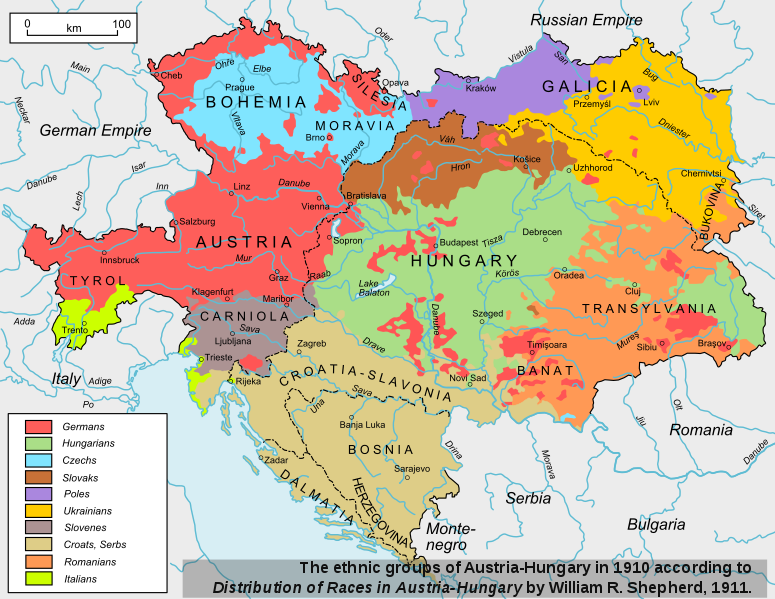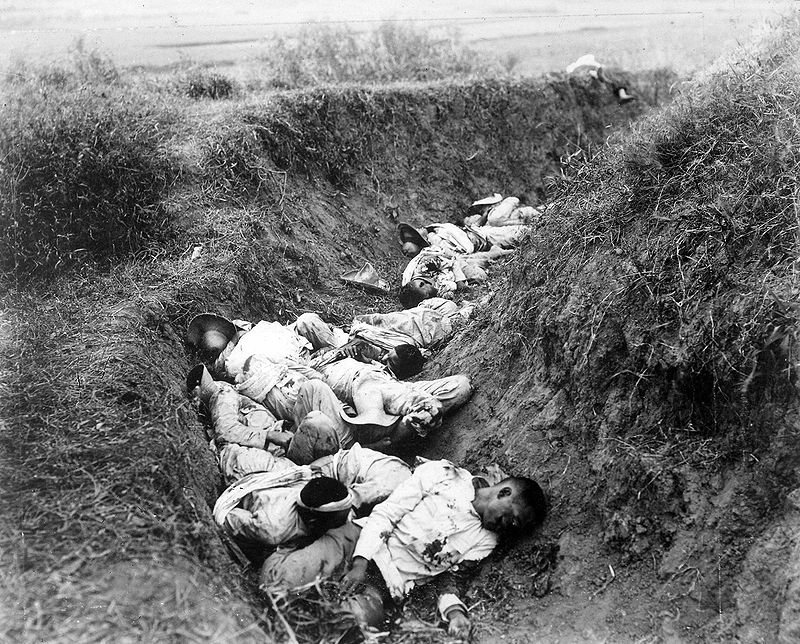History is written by the victors. We all know that. In our world, WW1, at the time know as "The Great War" or "The war that would end all wars", was won by the Entente powers, composed by England, France, Italy, Portugal, Japan, Belgium, Brazil, China, Costa Rica, Cuba, Greece, Guatemala, Haiti, Honduras, Serbia, Montenegro, the USA, and many others. This war changed the view of the world of many. Empires crumbled, new nations were born. And the humiliating peace terms imposed on the central powers, Germany, Austria-Hungary, Bulgaria and the Ottoman empire, would be one of the causes that would bring the world into another world war, even bigger than before.
But what if the central powers not only won WW1, but would also make some new "friends"?
Somewhere, in an alternative timeline, there's a japanese tale of recent times, that tell the stories of an elephant, a lynx, two wolves, one from the desert and the other from the mountains, a dragon, an eagle, a griffon vulture and a bull that set aside their difference, in order to defeat an evil lion, its coward royal advisor, a cock, and all of its slaves. Will they succed?
*Hello everybody! This is my first try to create an alternate timeline. I believe that I'm not the best writer around, but I think that I can bring some interesting ideas for a timeline. For the ones that don't understand the title, this animals are the national animals of the protagonist of this timeline (Siam, Romania, the Ottoman empire(I used Turkey national animal, the wolf), Italy, Japan(not sure if the dragon is Japan national animal), Germany, Austria-Hungary and Spain. Other protagonist are Albania and Bulgaria, to which I couldn't find their national animals. Hope you enjoy!
But what if the central powers not only won WW1, but would also make some new "friends"?
Somewhere, in an alternative timeline, there's a japanese tale of recent times, that tell the stories of an elephant, a lynx, two wolves, one from the desert and the other from the mountains, a dragon, an eagle, a griffon vulture and a bull that set aside their difference, in order to defeat an evil lion, its coward royal advisor, a cock, and all of its slaves. Will they succed?
*Hello everybody! This is my first try to create an alternate timeline. I believe that I'm not the best writer around, but I think that I can bring some interesting ideas for a timeline. For the ones that don't understand the title, this animals are the national animals of the protagonist of this timeline (Siam, Romania, the Ottoman empire(I used Turkey national animal, the wolf), Italy, Japan(not sure if the dragon is Japan national animal), Germany, Austria-Hungary and Spain. Other protagonist are Albania and Bulgaria, to which I couldn't find their national animals. Hope you enjoy!
Last edited:










